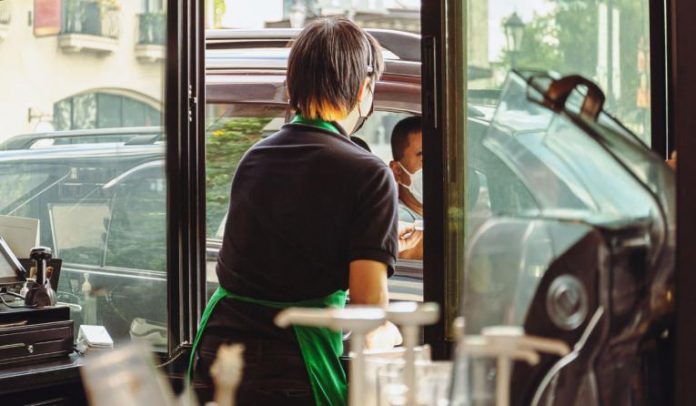“What do you want for dinner?” should be easy enough to answer, right? But when adding the complexity of where that meal comes from, how you’re going to get it and all the ways it can be modified, the answer might rival a chemistry equation. Top that with finding out how the food was sourced, grown, or genetically tampered with, the answer could be compounded further.
A report by YouGov reveals 80 percent of millennials feel quality is key to their food purchasing decisions. Further, nearly two-thirds of them expect transparency regarding their food choices. Whether that is having access to health information or their food’s journey from farm to plate, these outlying aspects continue to add heightened importance to critically planning your diners’ experiences.
Not only has diners’ new eating habits become a top concern, but today’s quick-service restaurants must consider everything from interaction, signage, content, wayfinding, curbside pickup and more. If not executed strategically, it will negatively impact today’s sales and tomorrow’s purchase decisions.
What matters most to shoppers/diners
As many factors play into dining decisions, today’s fast-food restaurants are given the challenge of identifying the drivers that keep customers coming back for more. Although the current priority for diners is to fuel their bodies, two important factors that play a role in this selection game are convenience and affordability.
The proliferation of alternate delivery and dining options has given businesses the opportunity to produce more offerings that align with customers’ expectations.
As those options increase, customers will likely expect more from food-delivery services, prioritizing the following features:
- speed of delivery, with a goal of under 30 minutes being a differentiator among platforms
- quality of food, with an expectation of restaurant-quality meals even after transit time
- 100 percent order accuracy and completeness for regular items as well as special requests
- variety in cuisines and meal occasions
How consumers get what they want
The plethora of last-mile services including curbside pickup, drive-thru delivery and buy online pickup in store (BOPIS), has increased substantially as the new era of dining continues to settle.
Last-mile services have become a dynamic offering and consumers can’t seem to get enough. U.S. food delivery more than doubled during the pandemic, expanding access to many more foods and to more than just fast-food delivery.
As such, quick-service restaurant powerhouses continue to rethink their design approach in light of the growing delivery market.
Burger King, for example, unveiled plans for a restaurant that is 60 percent smaller than its traditional stores, accommodating the influx of to-go orders with features such as pickup lockers and dedicated curbside-delivery parking spots. Taco Bell and KFC have also altered formats to accommodate new consumer needs and demands.
These businesses mentioned and more continue to invest and adapt to ever-changing trends that allow them to cast a wider net and attract new, loyal customers.
What’s on tap for 2023
With all of this in mind and as the pandemic wanes, tapping into innovation can start now.
Geo-experimentation: As consumers return to offices, their eating, shopping and other social behaviors in group settings may have changed. They might no longer frequent the same areas. Their new traffic patterns may take them to other locations or new retailers.
DEI considerations: Instacart reported nearly a quarter of Americans (23 percent) have researched locally run or owned brands. Plus, interest in women- and Black-, indigenous- and people of color (BIPOC)-owned brands is evident with 14 percent of consumers having researched such brands.
Openness to try new things: During a pandemic or a Black Swan event, consumers are much more willing to try something new, creating opportunities for businesses to present different options that bring in more revenue.
Efficient delivery: Consumer demand for food delivery is here to stay. As competition and costs heat up, food delivery providers will need to become more efficient, while satisfying diners’ needs for speed and meal temperatures to be as they should.
Keep a pulse on the patterns
Every single aspect of food consumption is changing, from harvesting to processing to preparing to serving and/or delivering. Navigating the changing consumer habit migrations will be a challenge, even for more seasoned restaurateurs and owners.
Published By: QSR




